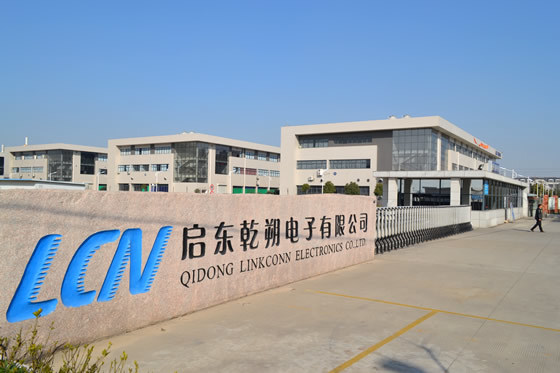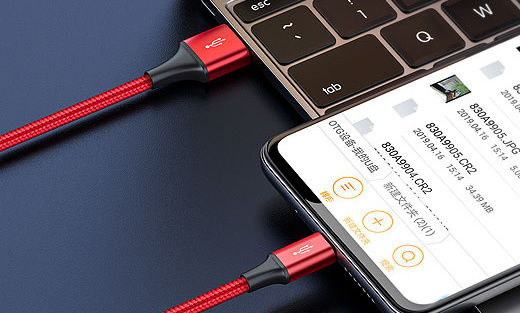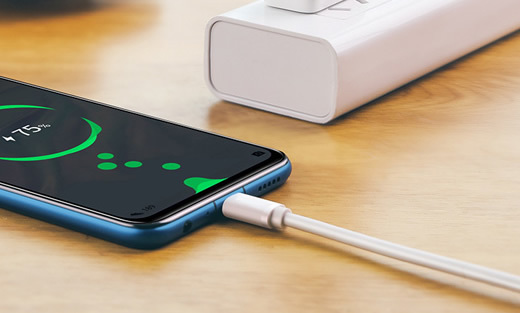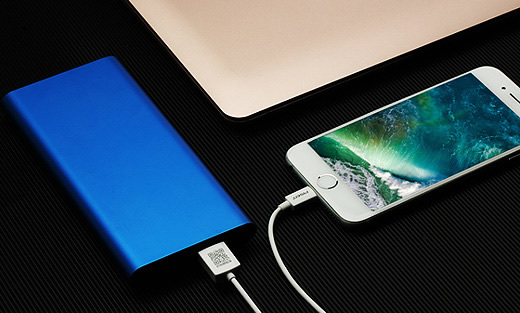
Diversified demand and innovative connector competition
Release time:
2021-11-12
According to a survey report by Bishop&Associates, the global connector industry has shown strong growth momentum since the first half of 2014, with annual market sales revenue of approximately $52.93 billion, an increase of approximately 8.3% compared to the same period last year.
According to a survey report by Bishop&Associates, the global connector industry has shown strong growth momentum since the first half of 2014, with annual market sales revenue of approximately $52.93 billion, an increase of approximately 8.3% compared to the same period last year. Looking ahead to the new year, some industry insiders pointed out that the mobile terminal market such as smartphones is still in a stage of rapid development, and at the same time, the demand for applications in the industrial field is gradually increasing, which makes the connector industry expected to continue to maintain steady growth, and the decline range of product prices is relatively stable.
On the other hand, the local competition in the connector market is increasingly reflecting the characteristics of globalization. The declining price constraints and production outsourcing forms have made the world smaller and smaller, and the market has been searching for better and more cost-effective solutions. In response to the current changes in market supply and demand, Daryl Lim, a senior market supplier manager at TTI Asia, summarized: "The innovation ability of products is crucial. Products from different manufacturers must have differentiated characteristics, not be easily replaced, and become smaller and more cost-effective. In addition, it is necessary to ensure that products can be quickly introduced into production from the design stage
Micro competition enters the 0.01mm level
For connector manufacturers, the first challenge is how to make the connector size smaller. Taking mobile electronic products as an example, when connecting two small PCBs, there are four important specifications recognized by the industry, "said Zheng Xiangyang, General Manager of Shenzhen Jiemai Technology Development Co., Ltd, They are: low side height, stacking height (H) less than 1.00mm; shallow depth, narrow width of connector less than 3.00mm; small footprint, that is, end-to-end size of connector (varies with circuit size); small spacing, center to center contact point spacing of 0.40mm or less
In this context, the development focus of connector products includes miniaturization of I/O (such as USB and HDMI) connectors, miniaturization of memory and identity card connectors, smaller spacing between FPC/substrate and substrate connectors, miniaturization of micro camera connectors, miniaturization of battery connectors, integration and miniaturization of antenna products, and so on. As the Chinese agent of TE Connectivity, Jiemai Technology launched a 0.25mm micro pitch FPC connector (diagonal plug type) product a few years ago, which can arrange an equal number of circuits on smaller circuit boards; In August 2014, TE lowered the height of the plug-in Micro SIM card connector from 1.24mm to 1.18mm again to prevent one edge of the Nano SIM card adapter from touching the contact end of the Micro SIM card connector, causing the contact to deform and not function properly.
JAE Japan Airlines Electronics is an enterprise with 61 years of connector development experience. In October 2014, the company released WP21 series board to board connectors for small, thin and high-density mobile communication products, with a spacing of 0.35mm and a height of
Related News

Mobile website
Shenzhen Linkconn Electronics Co., Ltd.
Tel:86-755-82943323
Fax:86-755-82966567
E-Mail:szlcn@linkconn.com
Add:15/F, Block E, China Resources Land Building, Hi-Tech Park, Nanshan District, Shenzhen, China
Copyright © 2023 Shenzhen Linkconn Electronics Co., Ltd.










